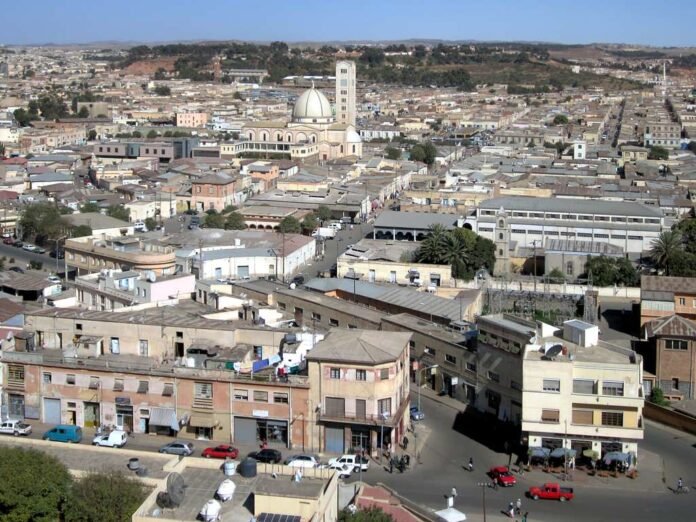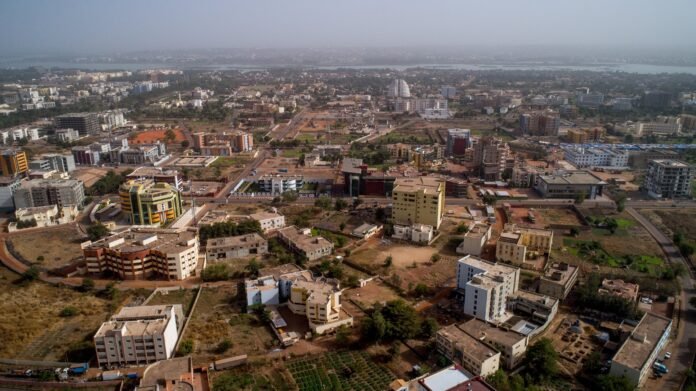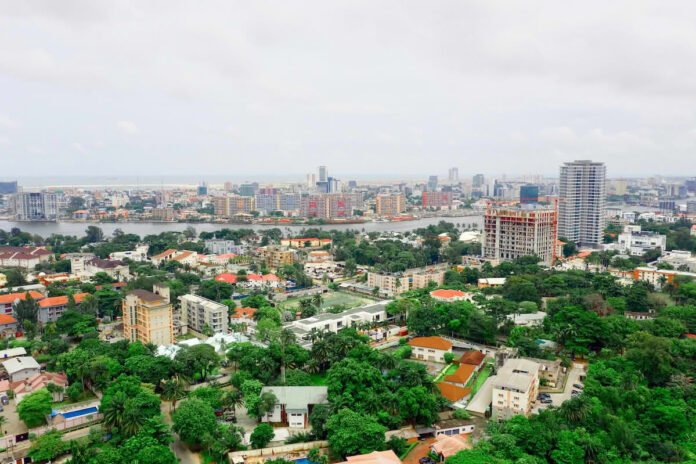Eritrea presents a unique healthcare landscape characterized by the absence of formal public and private health insurance systems. Instead, the country relies on a government-funded universal health approach, while private insurance options are almost non-existent. Despite this, both sectors share a common goal of improving access to healthcare, though they differ significantly in structure, accessibility, and coverage.
Public Health Coverage in Eritrea
Eritrea does not have a formal public health insurance system. Instead, healthcare is provided primarily through a government-run, tax-funded system designed to ensure universal access. This system is supported by the Essential Health Care Package (EHCP), which outlines services provided at each level of care—primary, secondary, and tertiary. Eritrea’s public health infrastructure is anchored by the Third Health Sector Strategic Development Plan (HSSDP III) 2022–2026, aimed at achieving Universal Health Coverage (UHC) and Sustainable Development Goal 3 (SDG 3), with a strong emphasis on primary health care.
Despite its ambitious goals, the public healthcare system faces several challenges. These include under-equipped rural hospitals, limited access in remote areas, and reliance on external funding from organizations like the WHO and UN. However, healthcare is either free or heavily subsidized, especially at the primary care level, reducing out-of-pocket costs for most citizens.
Private Health Insurance in Eritrea
The private health insurance market in Eritrea is extremely limited. There are a few private medical facilities, mostly concentrated in the capital, Asmara. These facilities tend to be more expensive and are not widely accessible to the general population. Unlike in many countries, there are no major domestic private health insurers operating in Eritrea.
The small private sector is primarily geared toward expatriates and international visitors, who are advised to obtain international health insurance before arriving. These international plans often include global coverage, medical evacuation, multilingual services, and access to higher-tier private facilities—features not available through local options.
Key Similarities and Differences
Both public and private sectors aim to increase healthcare access, but their methods and scopes differ greatly. The public system is inclusive and subsidized, serving the broad population, particularly in urban centers. Conversely, the private system is exclusive, limited in reach, and accessible mostly to those with international insurance or higher income levels.
A notable similarity lies in their infrastructural constraints—both systems suffer from limited resources, though the public system is actively working to expand services via national strategic plans. Additionally, neither sector offers comprehensive, structured health insurance in the traditional sense.
Top Public Health Insurances in Eritrea: Coverage, Access, and Key Features
Eritrea’s healthcare system is largely government-run, and the concept of public health insurance in the Western sense is still in its developmental stages. As of now, Eritrea does not operate a formal public health insurance scheme that offers standardized packages across the population. Instead, healthcare services are primarily funded and provided by the government through a network of public health facilities. Below is an overview of the current public healthcare structure, its features, and consumer access in Eritrea.
1. Government-Subsidized Public Healthcare System (Ministry of Health Services)(Official link:https://healthresearchwebafrica.org.za/en/eritrea/institution_61 )
Cost:
The Eritrean government provides most essential health services at low or no cost to citizens. The exact cost varies depending on the type of care and location but is significantly subsidized. Services like immunizations, maternal care, and treatment for major communicable diseases are typically free of charge.
Available Services/Coverage Features:
Public healthcare facilities offer a broad range of primary and secondary services. These include:
- Maternal and child health care
- Routine immunizations
- Treatment of infectious diseases (malaria, TB, HIV/AIDS)
- General outpatient services
- Basic surgical procedures
- Community health education
However, access to advanced diagnostic tools, specialist care, or high-tech medical interventions is limited and generally not covered under the public healthcare framework.
Open for All or Limited:
These services are universally available to Eritrean citizens and residents. Foreign nationals and tourists may access services but are typically required to pay out-of-pocket.
Core Financial Features:
While not an insurance program in the conventional sense, the system functions on a centralized budget model funded through:
- Government allocations
- International donor support (particularly for programs like HIV/AIDS and malaria control)
- Community contributions in some rural regions, though minimal
Patients might pay nominal fees for registration or certain medications, but these are heavily subsidized compared to private-sector equivalents.
Consumer Satisfaction Score:
Though no standardized consumer satisfaction index exists for Eritrea’s healthcare system, anecdotal reports and field assessments by organizations like WHO and UNDP suggest mixed satisfaction:
- Positive Aspects: High satisfaction in rural and low-income communities due to accessibility and affordability of basic care.
- Challenges: Dissatisfaction due to long wait times, staff shortages, and lack of equipment in many facilities. Urban populations often seek care abroad for more specialized needs.
Estimated Consumer Satisfaction Score: 3.2/5
Private Health Insurance in Eritrea: Limited Options and Key Insights
Eritrea’s private health insurance market is extremely limited, reflecting the country’s centralized healthcare model and its status as a low-income, post-conflict nation. Most healthcare services are publicly funded and managed, with private healthcare and insurance only playing a minor role—mainly in urban areas like Asmara. As of now, there are no major private health insurance providers operating at a national level in Eritrea.
However, there are a few microinsurance schemes and corporate/private employer-sponsored health packages that offer limited coverage for employees of certain international organizations, NGOs, and private businesses. Below is a summary of the available options, to the extent they exist.
1. Employer-Sponsored Health Plans (Private Sector and NGOs)
Cost:
Covered entirely or partially by the employer. Employees may contribute through salary deductions if partial.
Available Services/Coverage Features:
- Routine outpatient care
- Emergency treatment
- Basic inpatient care
- Medications (limited formulary)
Coverage varies widely depending on the employer’s agreement with local clinics or private facilities.
Open for All or Limited:
Limited – Only available to employees of certain international NGOs, UN agencies, diplomatic missions, and select private companies operating in Eritrea.
Core Financial Features:
Funded through employer contributions. No public subsidies or tax breaks apply. Operates more as a benefit package than a standalone insurance product.
Consumer Satisfaction Score:
Generally higher than public services due to access to private clinics, reduced wait times, and better facility conditions.
Estimated Score: 3.7/5
2. Microinsurance Initiatives (Pilot Projects by NGOs and International Partners)
Cost:
Low premiums, often subsidized by donor organizations. For example, community-based premiums may range from $1–$3 per month.
Available Services/Coverage Features:
- Primary healthcare access
- Maternal and child health services
- Limited inpatient care and medication
Primarily designed for rural and low-income populations.
Open for All or Limited:
Limited – Available only in specific project areas, often as part of public health interventions.
Core Financial Features:
Community risk pooling with external donor funding. Not sustainable without continued international support.
Consumer Satisfaction Score:
Generally positive where available, due to increased access to care and financial protection.
Estimated Score: 3.9/5
READ MORE: Private and public health insurance of Lesotho (Make informed choices)


